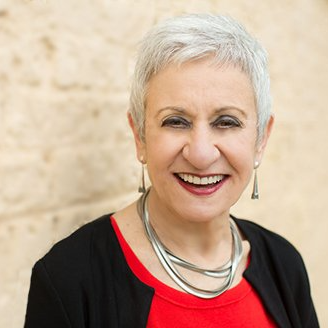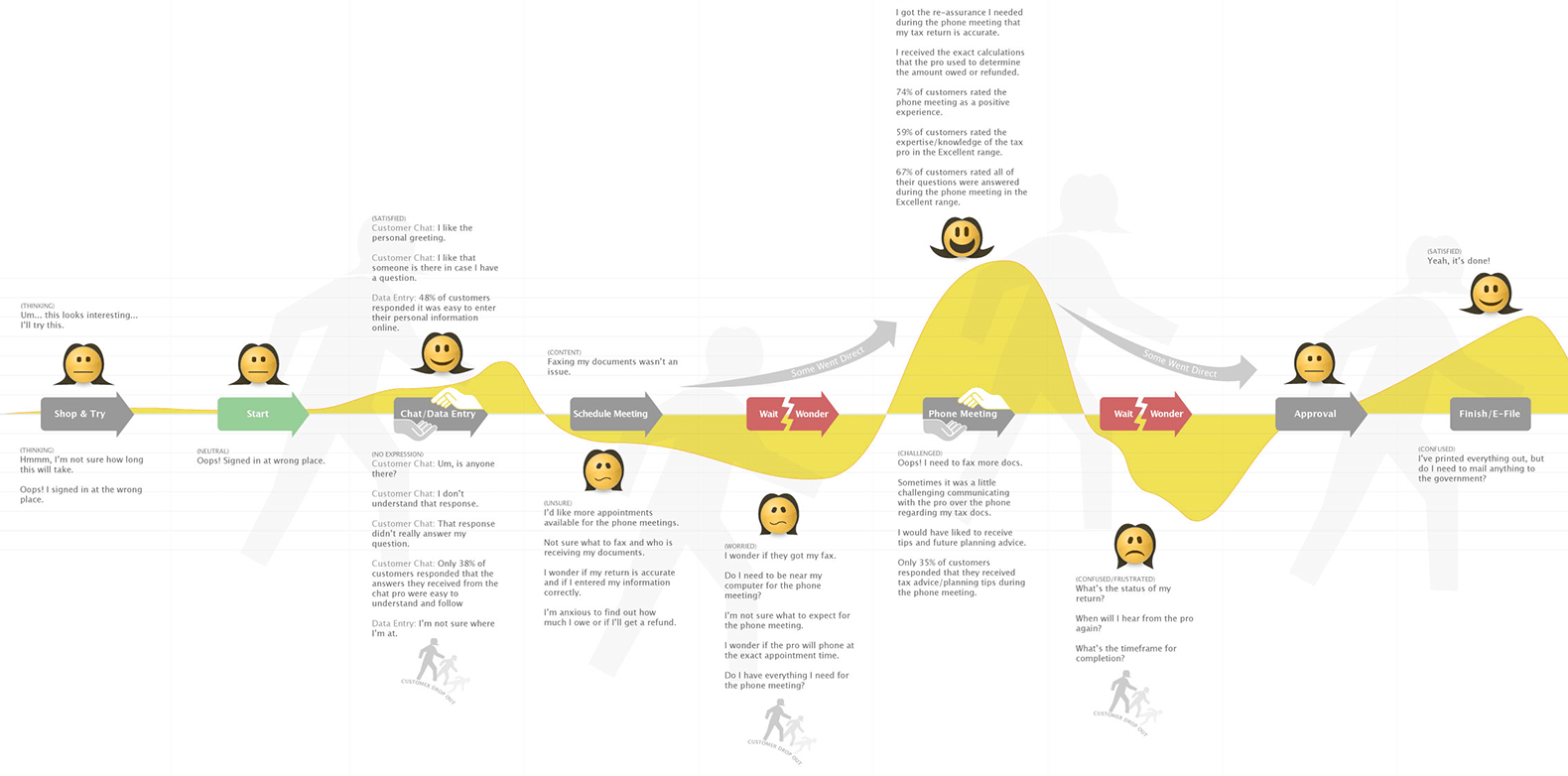Creating Personas Without Data
What is a persona?
A persona is a fictional representation of your user. This representation is also called an "archetype," meaning that it represents the shared characteristics, attitudes, goals, and desires of a specific group. For each unique user group, you need a persona. How many personas should you create? Enough, but not so many that they overwhelm you. We recommend 3 - 7 as a workable number.
Done right, personas "personalize" data to bring each user type to life. When a persona tells a story of their experience, the developer or designer gains empathy for this user, which can result in better designed products and a more satisfying user experience.
The First Rule of creating personas for UX is “use real data”
To be useful, personas need to be based on real data. Who could disagree with that? We certainly don’t.
Data can be collected on your users through a number of ways including:
- Contextual inquiry - interviewing or observing your target users in their own environment, which could include work, home, or social spaces
- Internal customer-facing resources - interviewing representatives from tech support, customer service, training, and the sales team
- Interviewing customers - setting up sample customer interviews to learn the customer's experience with the product or interface, their pain points, their goals and desires
- Surveys - sending surveys to current and/or prospective customers to learn their goals and pain points with your product and/or competitors' products
- Web analytics - mining what you can learn from visitors to your website by studying keyword searches, pages visited, session duration, and other useful data
How to create personas when you don't have data
We know you should start with data to build realistic personas. But what can you do when you don't have data? For instance, you might be in a startup developing something never seen before, or you might be part of a team developing a new product without competitors. In other words, there is no existing data on your users.
Still, you want to build some personas to find out who your users are by testing your assumptions.
We found ourselves in just this situation with a project in which we were going to recruit participants for formative usability studies to inform product design, but we had no way to know who the target users would be.
Create fake personas as a starting point
To begin to build personas without real data, we took opinions from everyone on the project about who they thought the users would be. Then, we used these opinions to create fake personas.
As would be the method with data-driven personas, we gave our personas a name, an age, a job title, a photograph, and a key quote that reflected their lifestyle or aspirations. We described their pain points and goals, all faked, BUT all with an eye toward thinking how each persona would want to use the product.
With the characteristics of these fake personas at hand, we then created a detailed screener to find participants for our studies. Our first round of research entailed recruiting four participants from each of seven personas to engage with prototypes of the product in focus groups.
For the focus groups, we created workbooks in which the participants scored individual ratings to reflect on their
- Interest in the product
- Likelihood to purchase it
- Identification of who (themselves or others) they thought were the target audience
- Likelihood to recommend the product to others
Then we discussed each of these points with the group to gain insights in support of the participants' ratings.
In our analysis of the workbook responses, we reviewed overall ratings and responses and categorized these by persona.
The faces of our seven user persona examples are shown in the image group below.

Turn fake personas into real personas
Based on our analysis of the focus group responses and discussion with our seven representative personas, it was easy to see who was “in” and who was “out.”
From our original seven personas, we quickly narrowed the field to four subgroups of users who expressed interest in the product and were motivated to purchase it. Now we could create four personas based on real data. These personas have become the basis for additional recruiting and research.
Although we got to our personas from the unusual position of starting out with no data, we ended up with personas that we know represent our real users because we have learned who they are, as well as who they are not.
Want more practical insights? Check out these blogs.

Carol Barnum
Carol brings her academic background and years of teaching and research to her work with clients to deliver the best research approaches that have proven to produce practical solutions. Carol’s many publications (6 books and more than 50 articles) have made a substantial contribution to the body of knowledge in the UX field. The 2nd edition of her award-winning handbook Usability Testing Essentials is now available.



